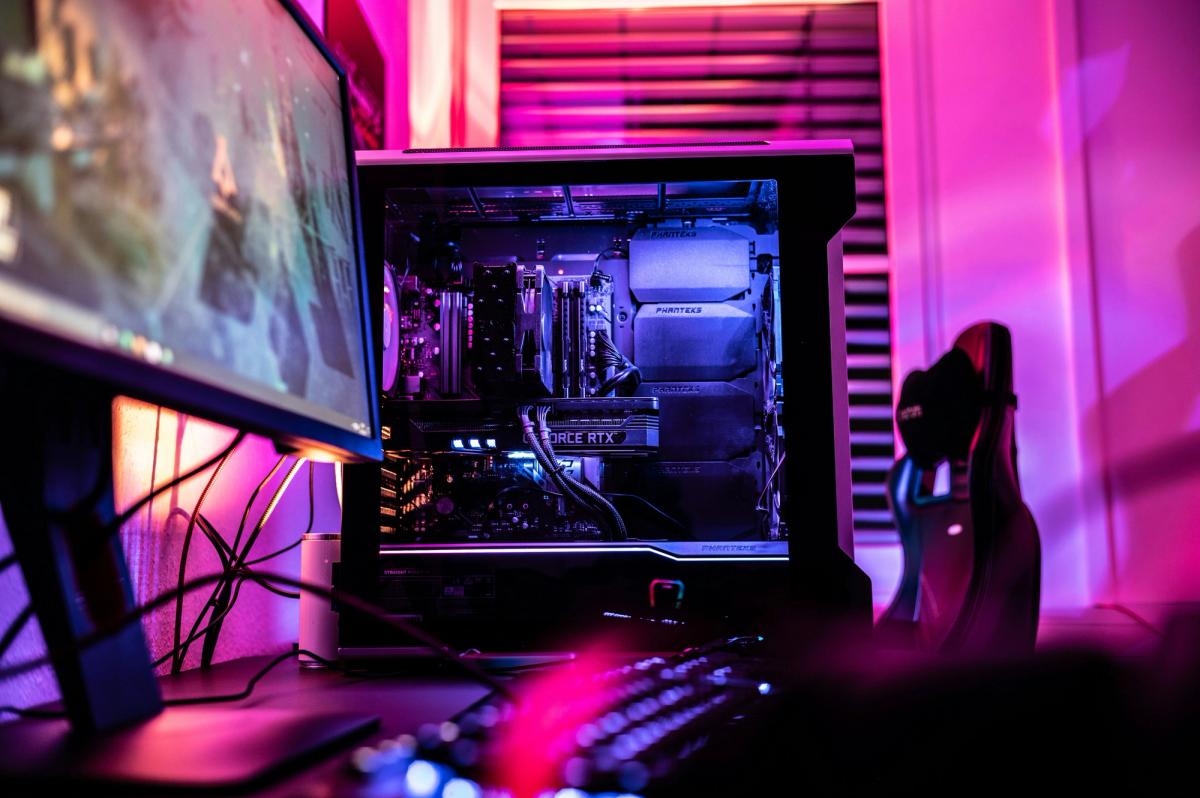How to Upgrade your PC
Upgrading can be a cost-effective way to enhance performance, increase storage, and boost your overall computing experience.

Updated April 28, 2024
Is your trusty PC starting to feel a bit sluggish? Before you consider buying a new one, you might want to explore upgrading your existing system. Upgrading can be a cost-effective way to enhance performance, increase storage, and boost your overall computing experience. Whether you aim to improve your gaming sessions, speed up applications, or handle more data, this guide will show you the essential upgrades to consider.
Evaluate: To Upgrade or Buy New?
Before diving into purchasing new hardware, assess your current PC's potential for upgrades. If your PC is under three years old, upgrading components might give it a new lease on life for less than the cost of a new computer. However, if your PC is older, compatibility issues with newer parts might complicate upgrades, making a new purchase more sensible.
Upgrade RAM
Upgrading your RAM is one of the simplest ways to enhance your PC’s responsiveness, especially if you multitask or use memory-intensive applications.
- Determine Compatibility: Check what type of RAM (DDR4, DDR5, etc.) is compatible with your motherboard and the maximum RAM it supports.
- Installation: After purchasing the appropriate RAM, power down and open your PC. Locate the RAM slots, remove existing modules if necessary, align the new RAM with the slots, and press down until you hear a click.
Switch from HDD to M.2/NVMe SSD
For a significant speed boost, replace your old hard disk drive (HDD) with an M.2/NVMe solid-state drive (SSD).
- Ensure Compatibility: Confirm that your motherboard has an M.2 slot that supports NVMe SSDs.
- Data Transfer: Use cloning software to copy your data from the HDD to the SSD.
- Installation: Install the SSD in the M.2 slot, secure it with the provided screw, and set it as the primary boot device in the BIOS.
Switch from HDD to SATA SSD
If M.2/NVMe is not an option, upgrading to a SATA SSD is a viable alternative.
- Compatibility and Installation: Check that your motherboard has an available SATA port. Use cloning software to transfer your data to the new SSD. Replace the HDD with the SSD in the same bay and connect it using the existing SATA and power cables.
Upgrade Graphics Card
Enhance your gaming and multimedia applications by upgrading to a newer graphics card.
- Check Requirements: Ensure your power supply can handle the new card and that there is enough space in your case.
- Installation: Remove the old card, insert the new one into the PCIe slot, secure it, connect the power, and install the latest drivers.
Upgrade CPU
Though more complex, upgrading the CPU can resolve performance bottlenecks and improve overall speed.
- Compatibility: Make sure the new CPU is compatible with your motherboard’s socket and chipset.
- Installation: Replace the CPU, apply thermal paste, and reattach the cooler. Update the BIOS settings if necessary.
Final Thoughts
Upgrading your PC is a fantastic way to extend its lifespan and improve its performance without the steep cost of buying a new system. It allows you to tailor your computer to meet your specific needs, whether that's better gaming performance, faster software, or more storage. Remember to back up your data before starting any upgrades and consult a professional if you're unsure about tackling the upgrades yourself. Happy upgrading!